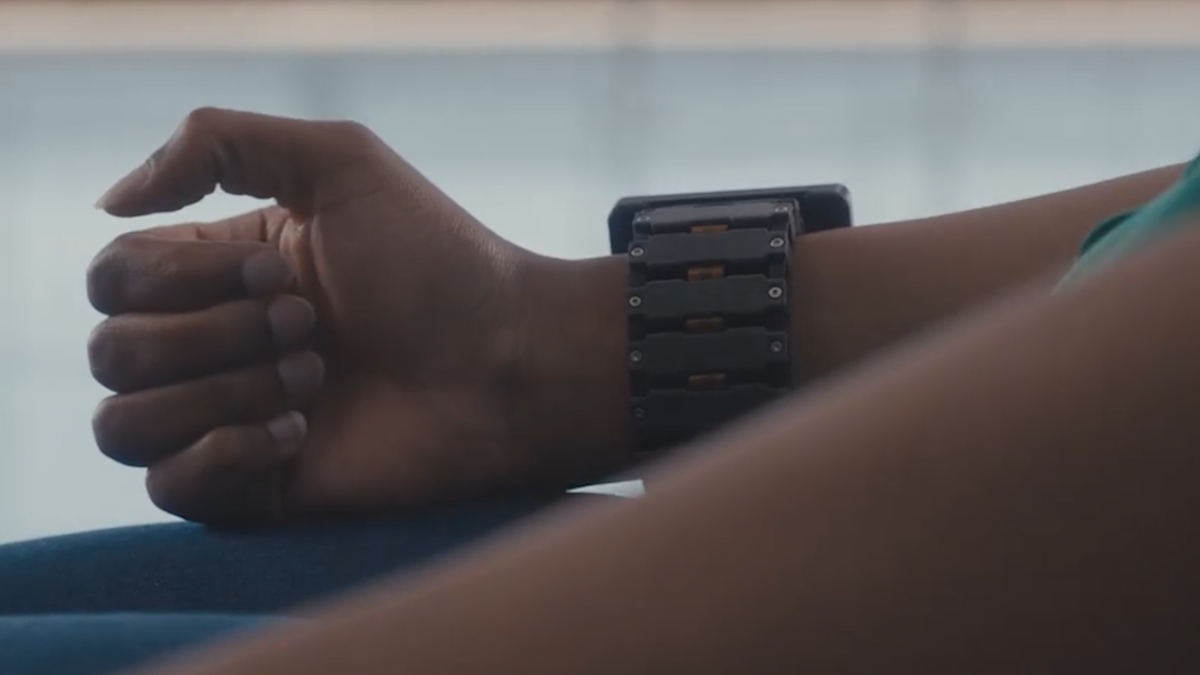The Neural Wristband may be the next step in Meta’s XR journey, Zuckerberg says

XR is awesome, but even the best VR headsets out there have tons of improvement opportunities to take care of before we can reliably start predicting when the technology will truly explode. But hey: that hasn’t stopped devices like the Quest 3 or the Vision Pro from captivating enthusiasts.
And why would it? Even at this point, the technology can be mesmerizingly impressive and that has resonated with people, given that the overall tech industry has kind of stopped innovating in visually distinguishable ways in the last decade or so. I mean, even the best phones look similar nowadays, right?
That being said, Apple has just kicked off its journey into spatial computing, while Meta has been dominating the space for some time. As such, it is kind of predictable to expect yet another headset, impressive as a theoretical Quest 4 may be. So could Meta be hiding something else up its sleeve too?
Well, Zuckerberg spilled a few beans during his visit on a talk show and it turned out that a neural wristband might be next in line.

This one requires a bit of background, so let’s bring you up to speed. Once upon a time, a company called CTRL Labs existed and it was working on a prototype for a neural wristband. Then, Meta noticed and since it had already developed an interest in the idea, it simply acquired CTRL Labs.
Hold up, though, devices like the Quest 3 and Vision Pro can already track your hands. What would be the purpose of a “wristband” then? In short, it will enable your headset to pick up finer hand motion in XR through the power of EMG (electromyography).
Some of the benefits we can expect from such a contraption include:
And now, let’s translate these into a few plausible, useful scenarios:
And that’s just what has been talked about thus far, with possibly more to come in the future. Speaking of, when can we expect neural wristbands to become available? Well, Zuck himself says “in the next few years”.
The more interesting question is if actual built-in tracking could outpace this technology and make it obsolete, even before it comes out. Now that would be really impressive, right?
Well, Zuckerberg spilled a few beans during his visit on a talk show and it turned out that a neural wristband might be next in line.

The full interview with Zuckerberg on the Morning Brew Daily from February, 2024.
Hold up, though, devices like the Quest 3 and Vision Pro can already track your hands. What would be the purpose of a “wristband” then? In short, it will enable your headset to pick up finer hand motion in XR through the power of EMG (electromyography).
Some of the benefits we can expect from such a contraption include:
- Reduced input latency
- More accuracy
- Occlusion-free finger tracking
And now, let’s translate these into a few plausible, useful scenarios:
- You will no longer have to keep your hands where your headset can see them
- Actual keyboardless typing
- A significantly expanded array of gestures to take advantage of
And that’s just what has been talked about thus far, with possibly more to come in the future. Speaking of, when can we expect neural wristbands to become available? Well, Zuck himself says “in the next few years”.
The more interesting question is if actual built-in tracking could outpace this technology and make it obsolete, even before it comes out. Now that would be really impressive, right?
Follow us on Google News













Things that are NOT allowed:
To help keep our community safe and free from spam, we apply temporary limits to newly created accounts: